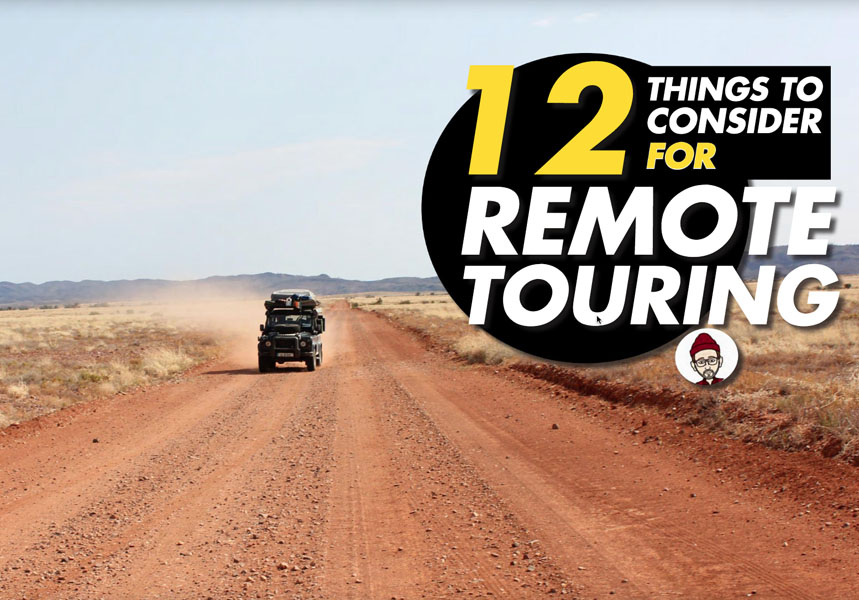 In a previous issue of the magazine we discussed the history of overlanding and it is generally agreed that the term overlanding originated in Australia as a word to describe the herding of livestock across great distances, either to open up new grazing grounds or to transport the livestock. Back in those days having the correct gear relevant to the type of travelling stockmen did related to them being comfortable and feeling safe when out in the middle of nowhere for weeks on end…
In a previous issue of the magazine we discussed the history of overlanding and it is generally agreed that the term overlanding originated in Australia as a word to describe the herding of livestock across great distances, either to open up new grazing grounds or to transport the livestock. Back in those days having the correct gear relevant to the type of travelling stockmen did related to them being comfortable and feeling safe when out in the middle of nowhere for weeks on end…
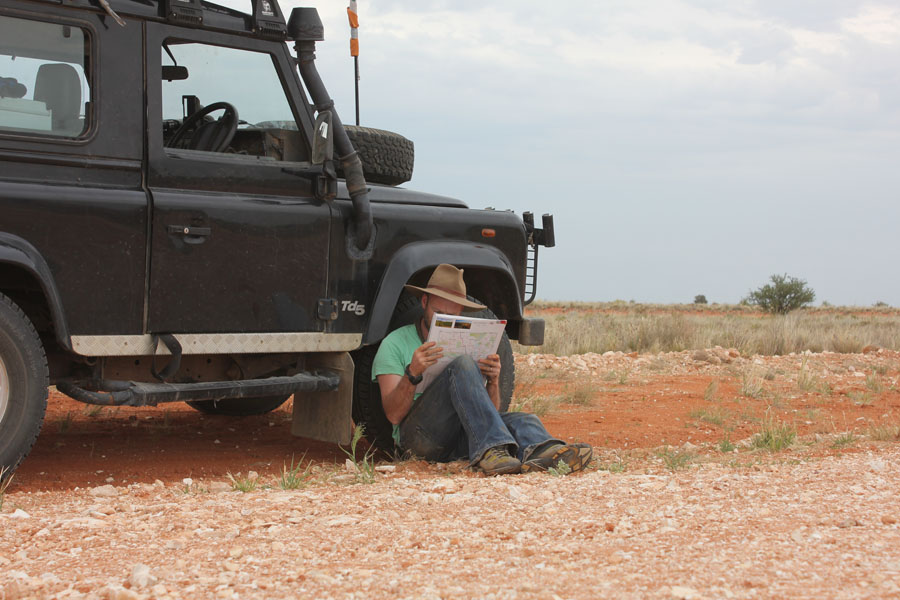
The traditional attire of an Australian Stockman included a good quality water bottle and a hat known as a Akubra that shaded them from the sun, a bedroll/swag, cotton shirts, a good quality pocket knife, tin cans for cooking in (what was traditionally known as a Billy), a good quality oilskin coat used during wet weather and of course a good horse and saddle. So, when setting out on one of these remote trips the Stockmen were pretty much well prepared and carried essential gear and equipment that allowed them to successfully complete their journey.
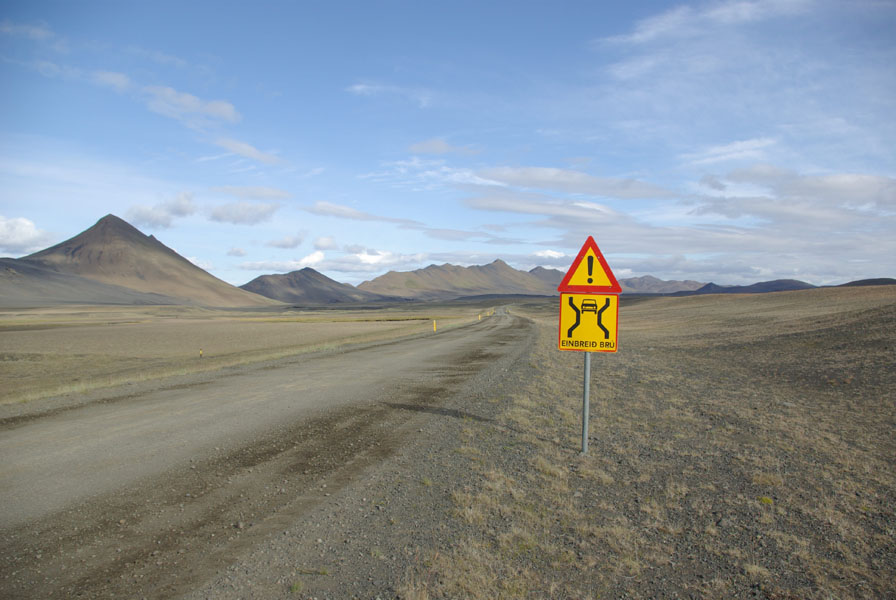
Today the whole overlanding and 4WD touring scene has become very popular and people are now looking at tackling journeys to remote parts of the world in their 4WD vehicle. As a result of this, the aftermarket industry has seen huge potential in introducing new products and trying to persuade travellers that their products and accessories are essential to have on board when heading on a remote touring/overlanding trip.
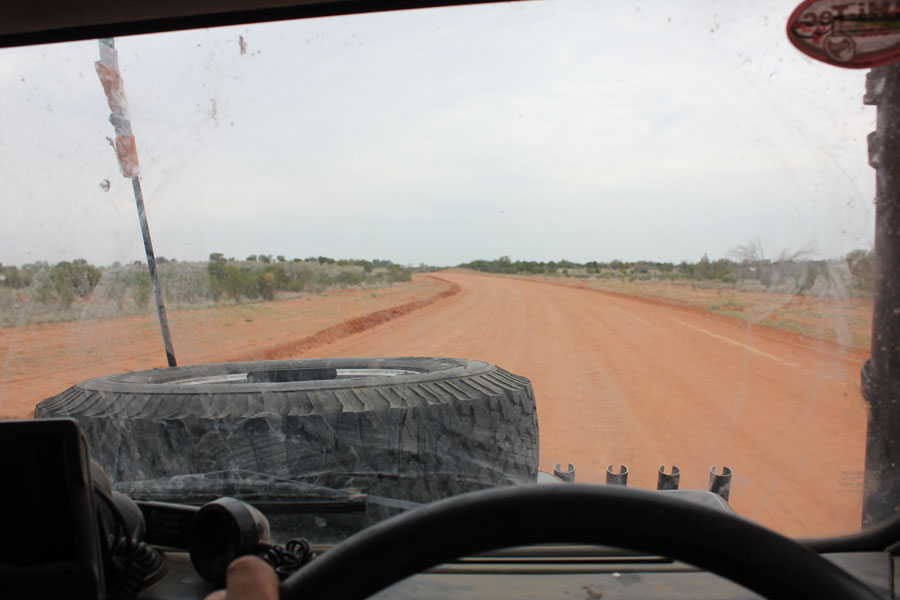
Vehicle preparation for an overlanding trip can be a daunting task
Vehicle preparation for a touring/overlanding trip can be a daunting task particularly when trying to decide what to bring and what to leave. There’s no doubt that unlike the Stockmen who always travelled light we now have a tendency to bring more gear than we actually need. Of course, it is all about being self-sufficient but sometimes we can overlook some of the key items that we should always have onboard when heading on an extended trip. We could dedicate an entire magazine to this but we are just going to cover some key essentials that we think are important .
1. Water – Containers and Filters
Having good quality products that will allow you to carry water is essential in our opinion. Not everybody has the luxury of installing water tanks on-board so descent portable water containers should always be one of the key priorities when prioritising your gear particularly if you are going through remote areas. The last thing you want is to get stranded miles away from anywhere with little to no water on board. As highlighted by the World Health Organisation insufficient water and the consumption of contaminated water are usually the first and main causes of ill health. It is also important to note that the amount of water required to support life and health in an emergency varies with climate, the general state of health of the people affected and their level of physical fitness. Bottom line is, bring plenty and store it in good quality water storage containers.

Have you ever run out of water when camping, touring, hiking, fishing or just out enjoying the great outdoors and been tempted to drink some water from a stream or water source that you just happen to stumble across? Care should always be taken if doing so, with nasty pathogens like cryptosporidiosis, drinking what seems like safe and clean water can quickly make you ill.
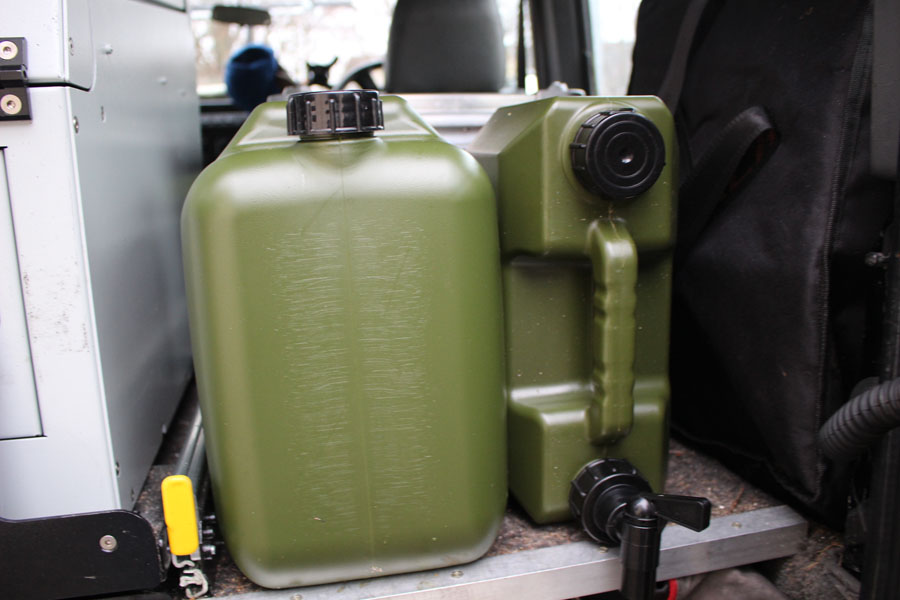 If you are unfortunate enough to drink contaminated water that has viruses, bacteria or cryptosporidiosis you will soon experience unpleasant symptoms like diarrhoea or others that will quickly upset your day or weekend in the great outdoors. by using a simple filtration bottle you are pretty much be guaranteed to get safe and parasite free water without worrying about nasties getting through. That’s why we always keep the Kelly Kettle in our vehicles.
If you are unfortunate enough to drink contaminated water that has viruses, bacteria or cryptosporidiosis you will soon experience unpleasant symptoms like diarrhoea or others that will quickly upset your day or weekend in the great outdoors. by using a simple filtration bottle you are pretty much be guaranteed to get safe and parasite free water without worrying about nasties getting through. That’s why we always keep the Kelly Kettle in our vehicles.
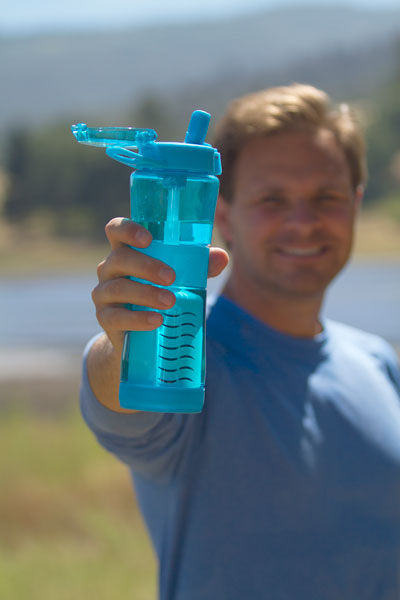
Fire Extinguishers
Hopefully you will never have the need to use a fire extinguisher in your vehicle, but with that said electrical, temperature and mechanical related fires can happen, and should you be unlucky enough, the least you should have is a fire extinguisher in your vehicle on at least prevent a fire from spreading. But it’s also good practice to have fire extinguishers on board should you come across another vehicle that may be in trouble.
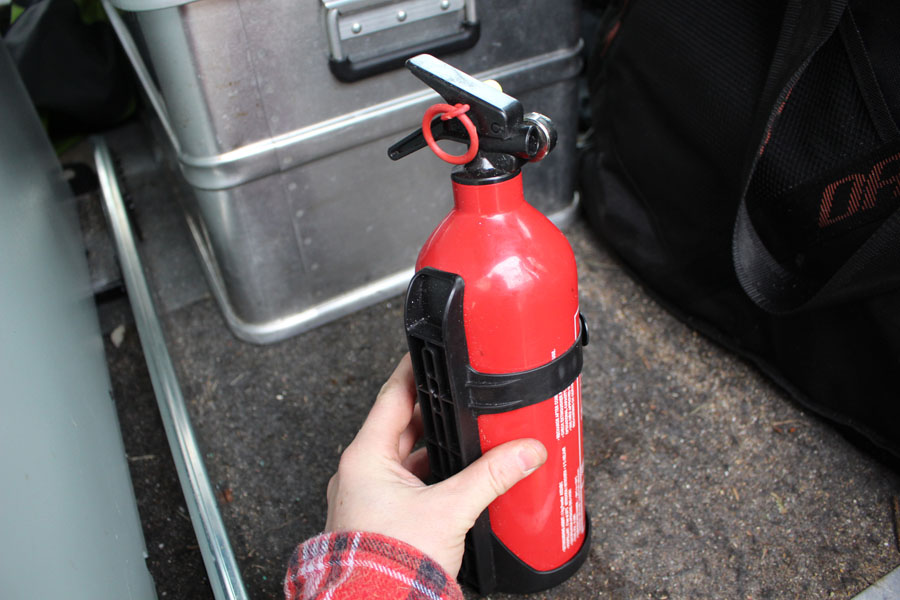
Some thought should go into where you store your fire extinguisher, with one of the key considerations being that it is at the very least easily accessible. In Europe some countries including Belgium, Norway, Sweden and Denmark recommend that every car/4WD carry at least one extinguisher. It is interesting to note that there are a number of types of fire extinguishers available but there is no one extinguisher type which works on all classes of fire.
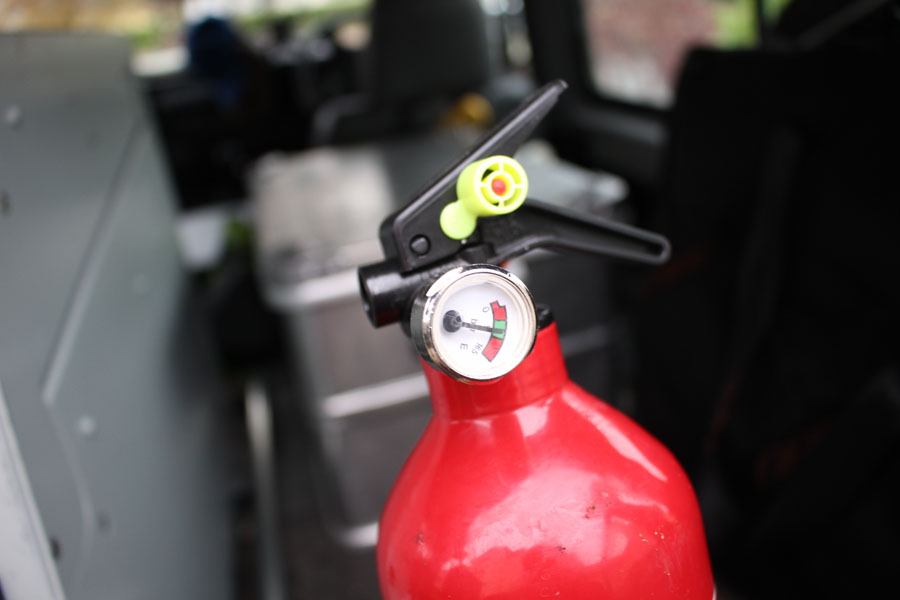
What’s the best Fire Extinguisher should I have on board?
It is recommended that Dry Powder extinguishers are good as they can be used on flammable liquids (including Petrol & Diesel and Combustible Solids (such as the textiles and plastics found in a car’s interior).
2. Recovery Gear
What you bring in terms of recovery gear should reflect the terrain that you are planning on tackling and whether you will be travelling with more than one vehicle. Some key things that comes to mind includes a compressor, hi-lift jack, recovery bag that includes a Snatch Strap, Winch Extension strap,Tree Trunk Protector, Tyre Deflators, Tyre Pressure gauge, safety dampener, Snatch Block, D Shackles or rope shackles, Gloves and a descent Shovel.
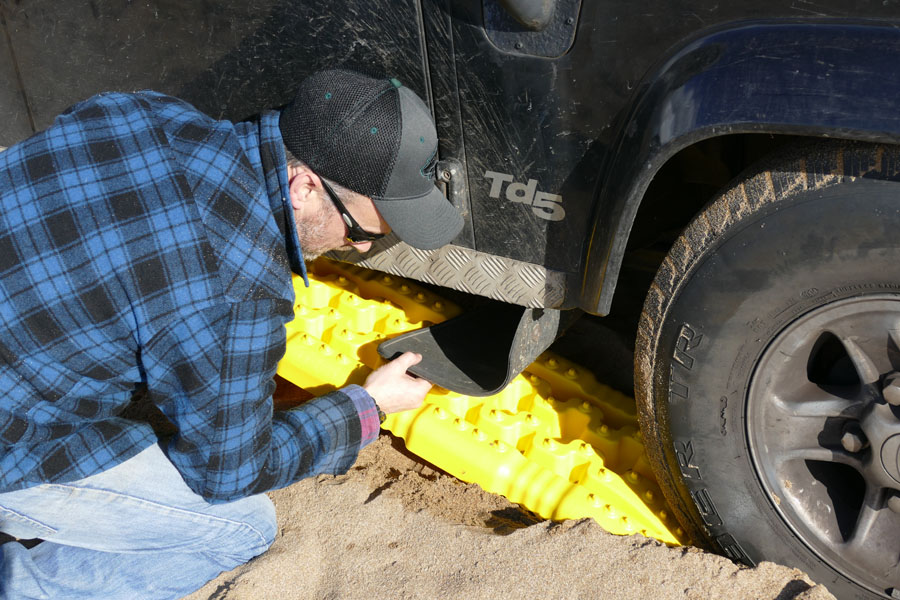
Recovery Tracks are a great addition to have on board and have certainly gotten us out of many a predicament over the years. Specially designed for when you find yourself stuck, off the beaten track without any help in sight. Recovery tracks are the ultimate recovery device to get you out of trouble when traction is lost in even the toughest of conditions; whether it be in sand, mud or even snow.
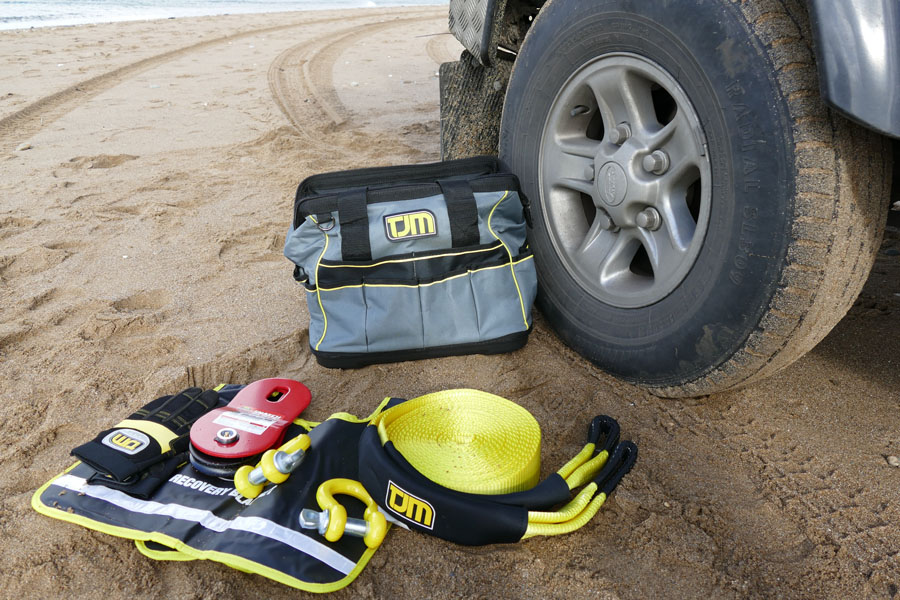
A recovery kit and recovery tracks are essential
3. First Aid Equipment
A good first aid kit is also another essential piece of gear to have on board, and also a little bit of training on how to use it always helps. First aid kits are necessary so that you can treat ailments and injuries that happen when on the road. From the minor ailment to the more serious injury a first aid kit can help reduce the risk of infection or the severity of the injury.
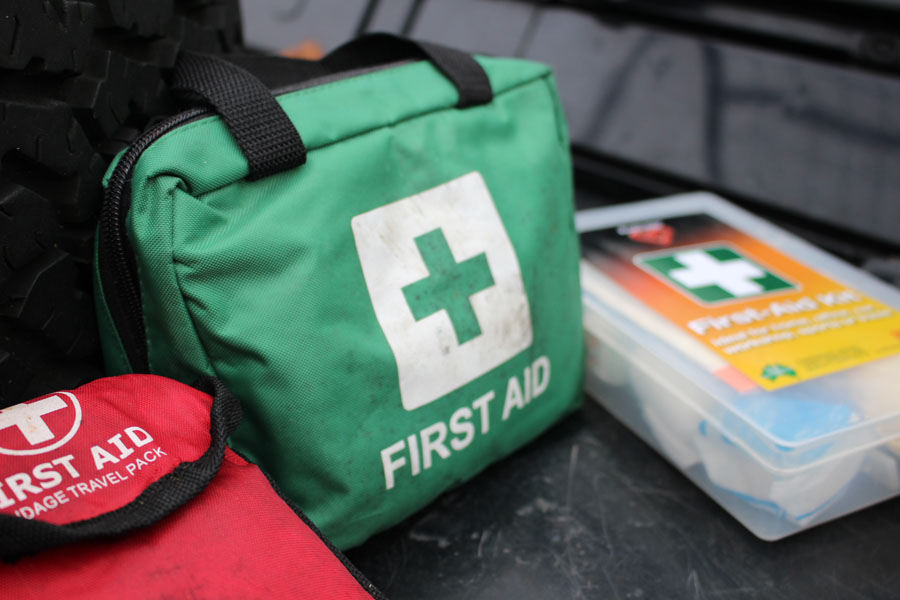
Sample items that a First-Aid Kit should include? (note this is just an example and additional items should be considered depending on where you are traveling to.
an up-to-date first-aid manual.
a list of emergency phone numbers.
sterile gauze pads of different sizes.
adhesive tape.
adhesive bandages (Band-Aids) in several sizes.
elastic bandage.
a splint.
antiseptic wipes
Scissors
antiseptics
First aid kits can also help to apply temporary solution or medication to a person in an accident.

Bring a first aid kit and consider attending a first aid course before you set out
4. Tyres
Tyres are an integral part of any off-road or overland checklist. It’s very important when setting out that you know that you have a tough and reliable set of tyres on your vehicle. Tyres will be called upon in a variety of difficult circumstances, steep ascents and descents, fording rivers and wading through water, driving over deep sand or across sharp rocky surfaces. It is no wonder that there is such a wide variety of high-quality tyre options available at the moment from a number of manufacturers.
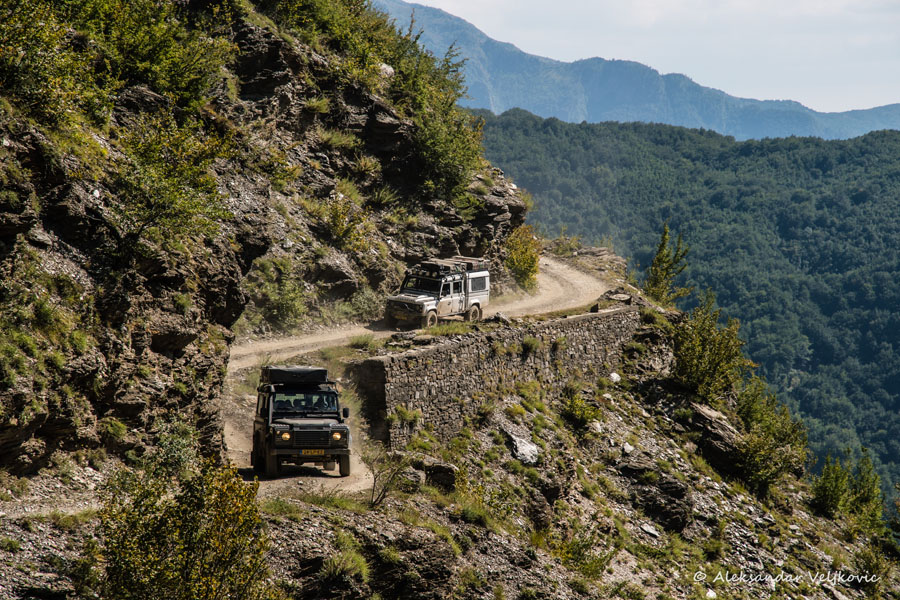
Good quality tyres will make your journey safer
Generally speaking, 4×4 tyre types can be split into categories depending on the type of terrain and usage that they are designed for.
So which tyres should you use?
Well this depends on how you plan to use your vehicle and where you plan to go on your big trip. If you plan to mostly stick to green-laning and use your vehicle for commuting, then road tyres are a good choice. If you see yourself driving in sandy conditions or often have to deal with muddy or snowy conditions when driving, then all terrain tyres may be your best bet.
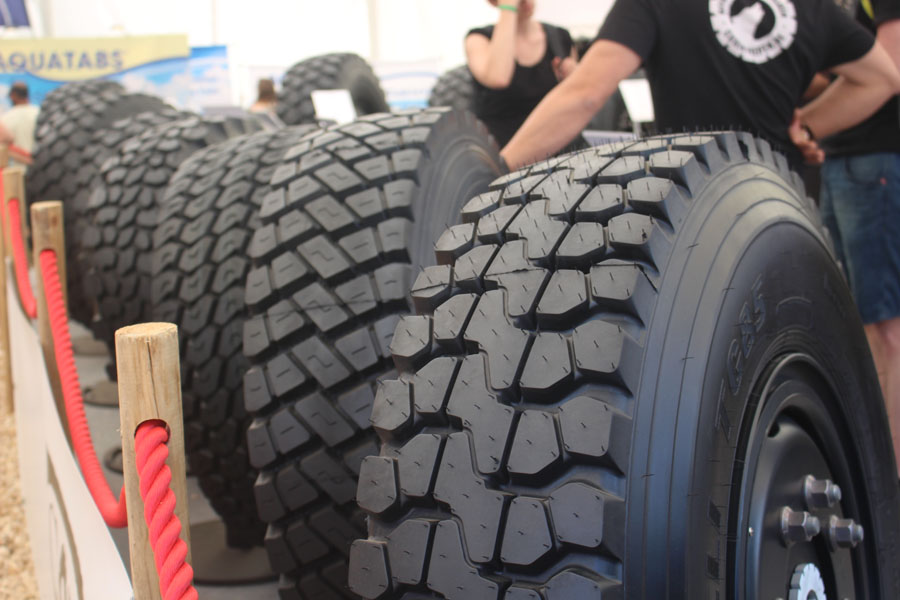
Choose the right tyres for the terrain you expect to cross
If you are regularly trying to travel on difficult off-road routes or you compete in any off road competitions or racing, then mud terrain is probably the optimal tyre. You need to be honest with yourself and choose the tyre which most closely matches the reality of your use of your vehicle. Everyone generally agrees that mud tyres look cool, but do you really need them? Or in fact might All Terrains be a better choice for your own usage.
5. GPS Systems
We all live in a world that is becoming more and more reliant on internet access, for those of us who love getting off the beaten track to remote areas, internet access on our phones and access to online maps is improving but should not be relied on entirely when using a phone to navigate in isolated terrain.
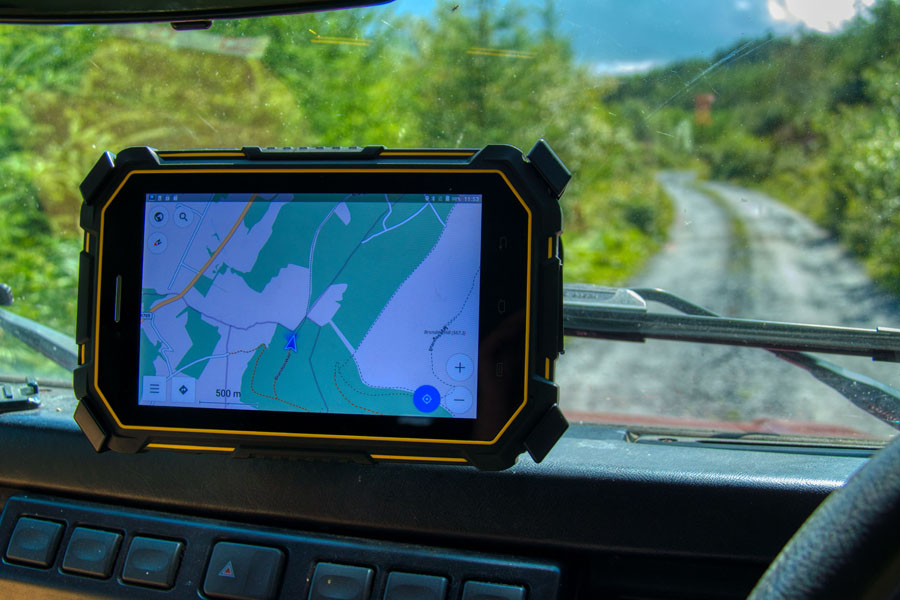
The Fox 7 Offroad GPS Navigation System from Navigattor
That’s why having a dedicated off-road GPS system is an essential tool to have on board your vehicle when heading on a remote trip. Unlike most mobile phones, GPS systems like the Navigator products do not require the internet to access off road maps as these maps are already downloaded on the GPS units and are guided by satellite signals and hence giving you peace of mind when you are out and about touring in remote areas.

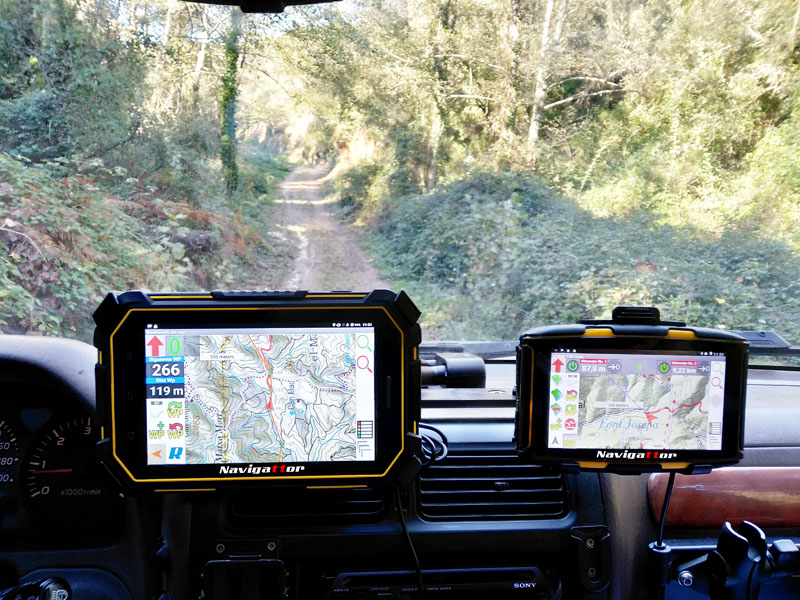
6. Emergency Satellite Messenger
Emergency Satellite Messengers give you a critical, life-saving line of communication when you travel beyond the boundaries of mobile phones. The latest generation of award-winning SPOT devices, SPOT Gen3 lets family and friends know you’re okay, or if the worst should happen, sends emergency responders your GPS location – all with the push of a button.
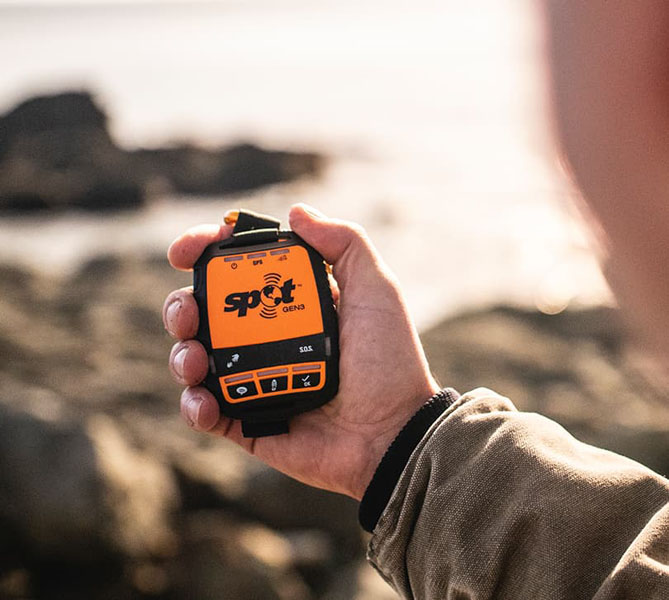 These have come down in price in recent years with the annual subscriptions becoming more reasonable. If you are going on a very remote trip you really should consider having one on board as it could get you out for trouble and maybe even save your life. Another consideration is a satellite phone and like the Satellite Messengers they are also becoming more affordable, you also have the option to rent one for the duration of your trip,
These have come down in price in recent years with the annual subscriptions becoming more reasonable. If you are going on a very remote trip you really should consider having one on board as it could get you out for trouble and maybe even save your life. Another consideration is a satellite phone and like the Satellite Messengers they are also becoming more affordable, you also have the option to rent one for the duration of your trip,
7. Remote Power
Having a dual battery system on board is essential to any extended/long haul trip particularly if you will be travelling in remote areas and need to camp away from any services or amenities for extended periods of time. Dual Battery Systems simply involve adding a second, deep cycle leisure battery to your vehicle.

The system ensures that the battery gets charged when your engine is running, monitors the health of both your batteries and ensures that you do not drain your starter battery, and become unable to start your vehicle. Deep cycle batteries can provide a steady amount of power over a long period of time. Battery Management systems automatically isolate and charge the auxiliary battery. But it is important to note that some of the vehicle electronics such as the cabin light, radio and alarm systems are still powered by the starter battery, so continued use of these items will still drain the starter battery.
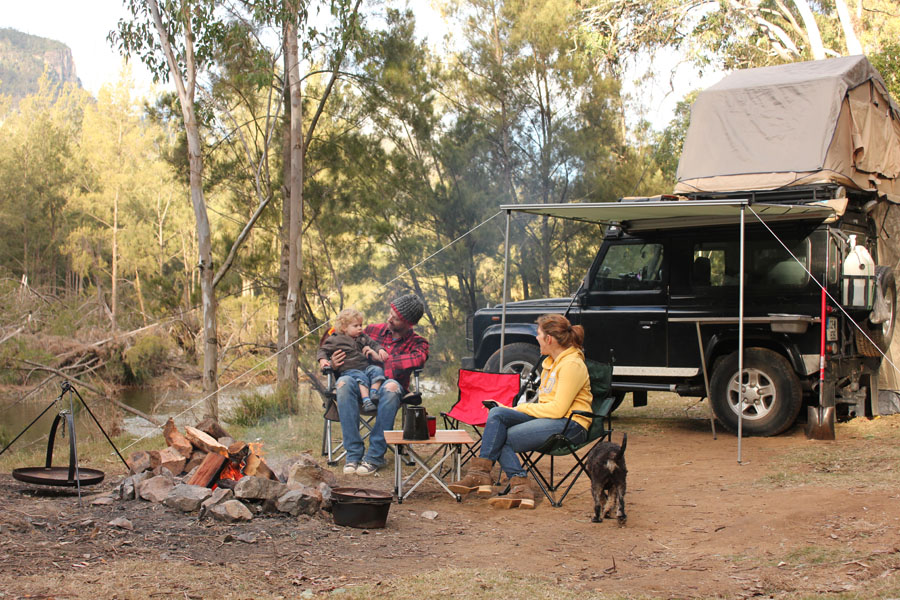
Having a source of remote power lets you set up camp for days
A system like the CTEK smart pass system can ensure that your auxiliary battery charges as fast as is possible when you are driving or using a solar panel or blanket, and also ensures that the battery will eventually be fully charged to 100% capacity, which ordinary smart alternators cannot do.

A system like the CTEK smart pass system can ensure that your auxiliary battery charges as fast as is possible when you are driving.

8. Fridge Freezers
Not always a necessity for short trips as cool boxes can and will suffice ,but for longer touring trips, they will not only save you money as you will be able to bring frozen foods but also they will make your extended trips a lot more comfortable. The idea of being able to take a cold drink from your fridge freezer on a hot dusty track just makes things a lot more comfortable.

There’s nothing quite like pulling into your camp, getting the fire going and taking a cold beer from your fridge freezer. Portable dual fridge freezers now allow you to separate your frozen food from your drinks etc. With the addition of a dual battery system or a portable battery power pack you can now literally stay at your favourite camping spot and have the fridge running for a couple of days and not worry about draining your vehicle’s battery.

Portable fridge freezers don’t come cheap but if you are heading off for longer trips, they really are a great product to have in the back of your vehicle. If you are in the market for one you should consider the size of the unit, whether it has removable baskets, the power draw (they do vary amongst products on the market), also if you are going off road you should make sure that your unit has tie down points to prevent the unit from moving around.
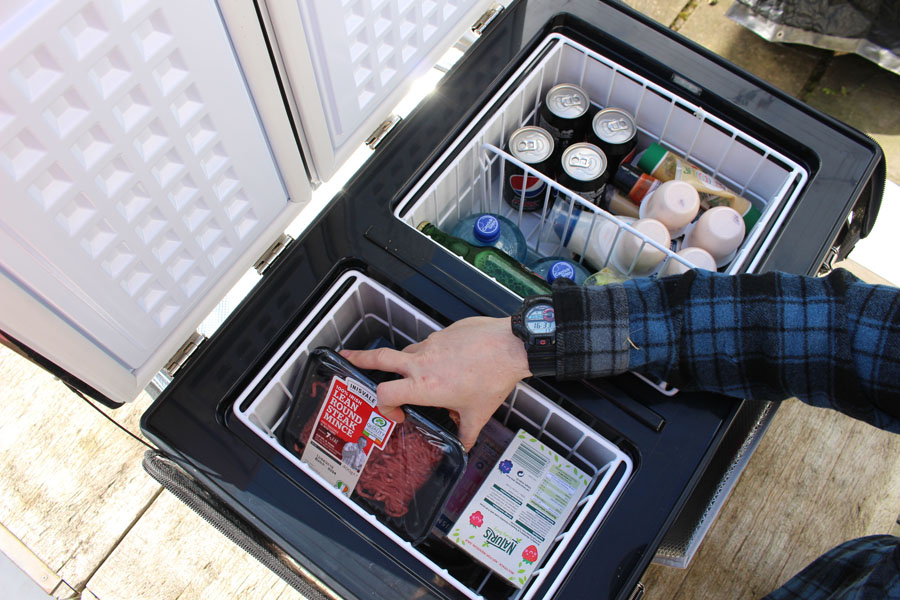
9. Rooftop Tents
Over the last few years our tent of choice has been a rooftop tent, they have been growing in popularity over the years with a number of new manufacturing companies producing them and as a result they have become more affordable and a very popular choice for people heading off on an extended road trip.
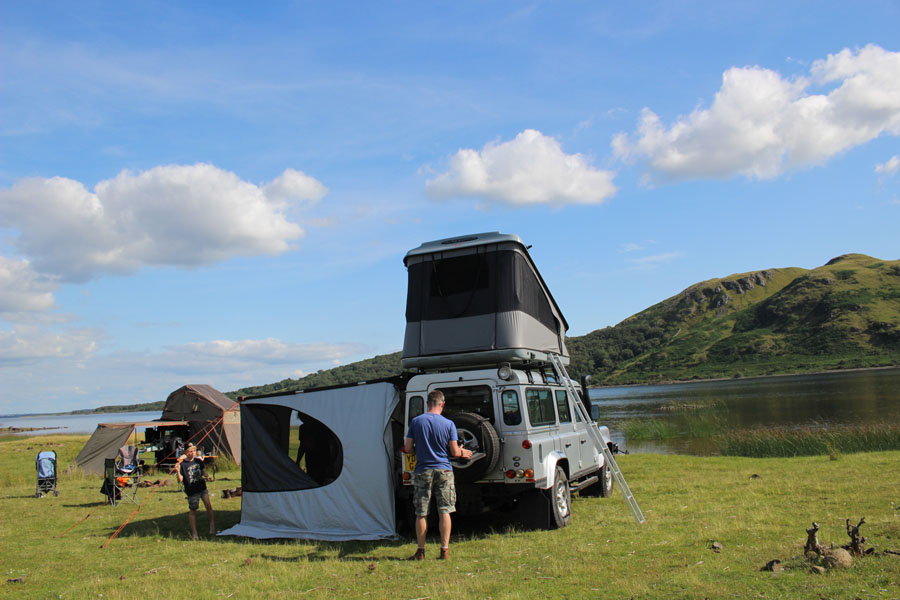
There are a number of reasons why we enjoy using roof top tents, the main ones being that you can set it up in 5 minutes, they keep you off the ground, and for further convenience they can be folded up with all your sleeping gear inside i.e. sleeping bag and pillow, perfect for an overlanding trip. The main disadvantage is that they can be bulky and take up most of the space on your roof rack.
10. Awnings
Awnings have been used in hot climates for years mainly to protect tourers from the heat and the sun’s rays. In fact it’s very unusual to see vehicles equipped for camping and touring in places like Australia without awnings attached. The interest in having them onboard has increased significantly in Europe over the last few years with them becoming particularly popular for people who are hitting the road for weeks on end.
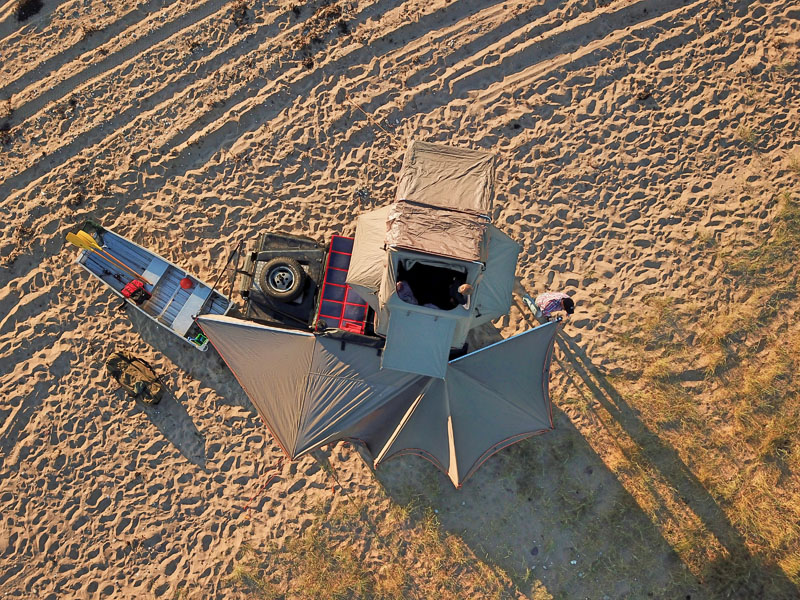 Awning designs for 4WD vehicles come in all shapes and sizes and are simple to attach to your vehicle. All you really need is either a roof rack or roof bars with attaching mounts and when fitted, all you do is just roll them out and you will instantly have increased your camping space that is sheltered from the elements.No more sitting in your vehicle waiting for the rain to stop.
Awning designs for 4WD vehicles come in all shapes and sizes and are simple to attach to your vehicle. All you really need is either a roof rack or roof bars with attaching mounts and when fitted, all you do is just roll them out and you will instantly have increased your camping space that is sheltered from the elements.No more sitting in your vehicle waiting for the rain to stop.
Some designs also add side walls which will give you extra comfort from windy conditions and this also allows the kids to play in comfort while the bad weather passes.
11. Chairs
Having a good quality chair on board is essential when on the road for weeks on end. In our opinion, it is something you should take your time choosing so that it suits your comfort and practical requirements. Don’t try and save money by purchasing a cheap one as chances are after a couple of weeks on the road it will probably end up in the bin.
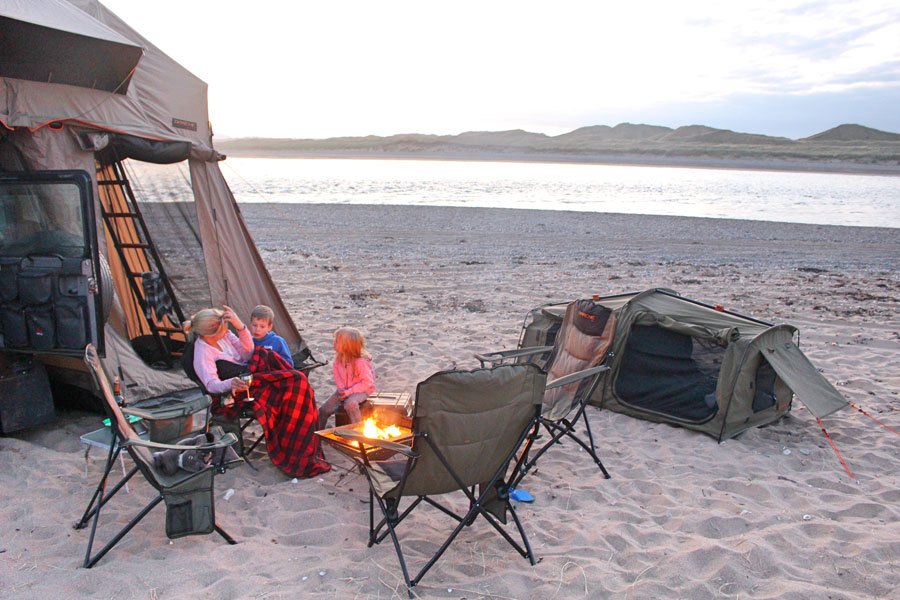
12. Tables
Having a good quality table that is foldable, built to take a beating makes a big difference when preparing your meals after a long day’s driving . We have been using the Darche TRAKA 1800. This table folds neatly in half with the four removable legs easily attached to the base of the table. The table is light and can be easily stored on your roof rack or in the back of your 4WD or camper trailer.
One of the real selling points of this eye catching camping table is it’s alloy surface, no more worrying about burning the surface of your table with a hot coffee pot or pan that has just come of your burner.
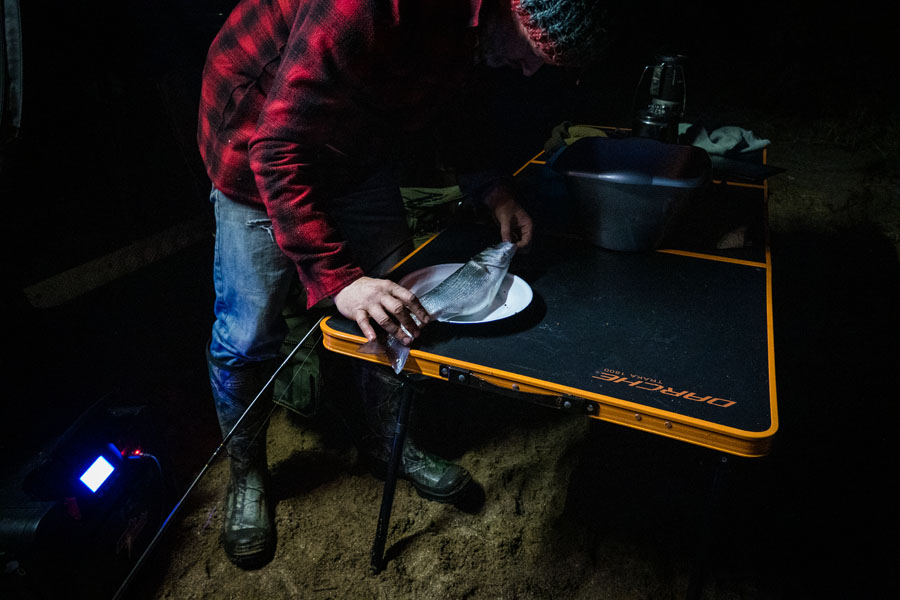


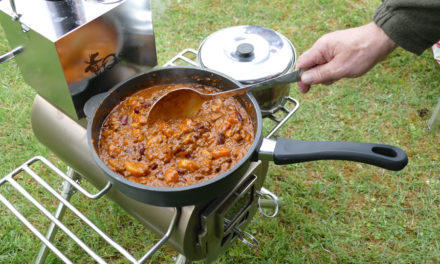
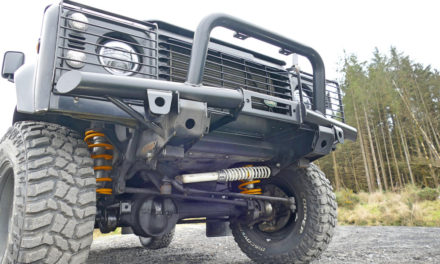
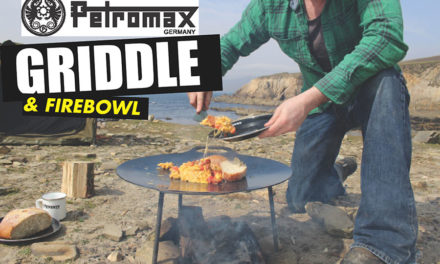
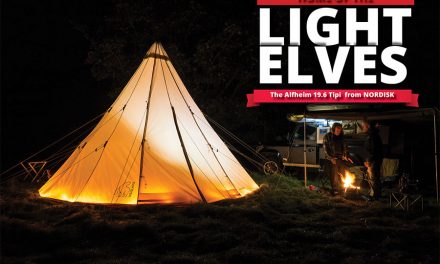
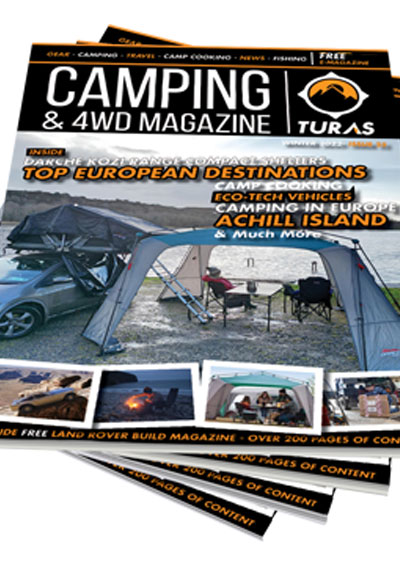

Recent Comments